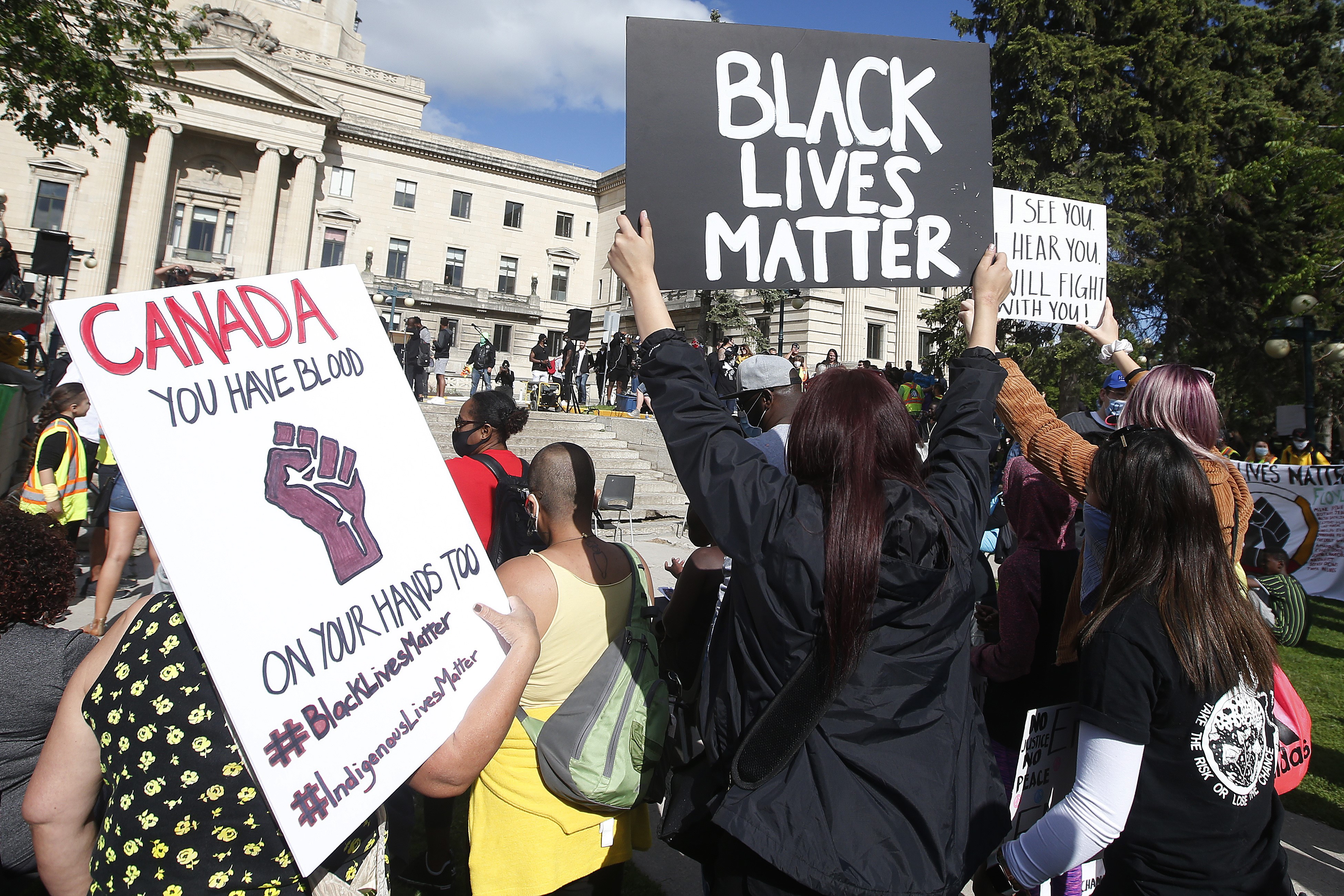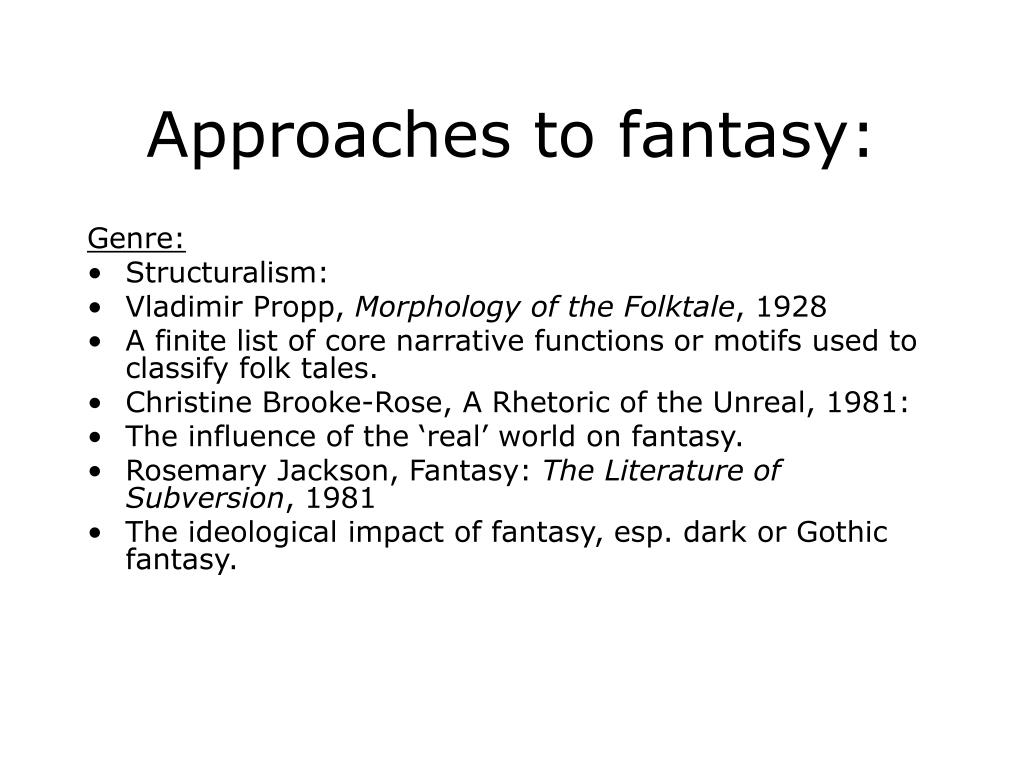
The Italians first attacked the Habsburg army in June 1915. Located in present-day Slovenia, the Soča/Isonzo River at that time ran roughly north-south just inside Austria along its border with Italy at the head of the Adriatic Sea. The Fascist regime used D'Annunzio as its icon, a trademark of Fascism in Italy and in Europe.ġ9 The Isonzo Front (1915–17) was the site of twelve battles along the Soča/Isonzo River on the eastern sector of the Italian Front during World War I. D'Annunzio subsequently became an ardent Fascist, and Mussolini rewarded him with a title and national editions of his works. Nevertheless, by his bold action, he had established Italy's interest in Fiume, and the port became part of Italy in 1924. D'Annunzio ruled Fiume as dictator until December 1920, at which time Italian military forces compelled him to abdicate. In 1919, D'Annunzio and nearly three hundred supporters, in defiance of the Treaty of Versailles, occupied the Dalmatian port of Fiume (today, Rijeka in Croatia), which the Italian government and the Allies were proposing to incorporate into the new Yugoslav state but which D'Annunzio believed rightly belonged to Italy. Two of his best known actions came in 1918: his flight over Vienna ( volo di Vienna), where he dropped thousands of propaganda leaflets on the city, and his prank at Buccari Bay ( beffa di Buccari), a daring surprise attack on the Austrian fleet with powerboats. D'Annunzio was fond of bold, individual military actions. After Italy declared war on the Central Powers in 1916, he plunged himself into the fighting, seeking out dangerous assignments in several branches of the service, ultimately in the air force, where he lost an eye in combat. When World War I broke out, he advocated for his country's entry into the war. Perhaps the most ingenious feature of Kralj's ecclesiastical art is his fusion of Catholicism with the Slovene national idea for the purpose of ideologically marking and promoting anti-Fascism and anti-Nazism as well as Slovene nationalism and Slovene irredentism in the Julian March.ġ5 Gabriele D'Annunzio (1863–1938) was an Italian military hero, political leader, and the leading Italian author of the late nineteenth and early twentieth centuries. If one of the most important authorities on Fascist ideology in Italy, Emilio Gentile, considers Fascist ideology to be a form of political religion and a modern manifestation of the sacralization of politics, then Tone Kralj's church paintings could be regarded as an instance of systematic introduction of the political and ideological into the religious context. Even today, his artistic “delineation” of the then-disputed ethnic border is a marking phenomenon that cannot be found anywhere else in Europe.



Kralj's undertaking can thus be interpreted as an instance of systematic “subversive coverage” of an ethnically exposed borderland with church paintings.

He painted churches along the ethnic border as it was imagined by the Slovene community, delineating it with visual symbols of anti-Fascism and anti-Nazism. T his study analyzes the phenomenon of church paintings as subversive visual representations of Fascism and as an act of systematic rebellion against Fascist “ideological marking of space.” Slovene Expressionist painter and sculptor Tone Kralj's (1900−75) paintings functioned as ideological markers of national territory.


 0 kommentar(er)
0 kommentar(er)
